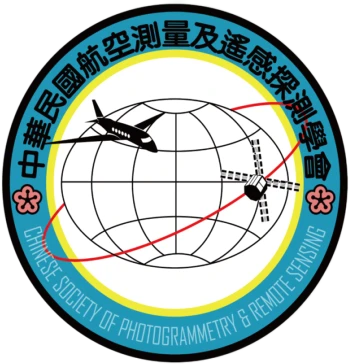Landslides are natural phenomena for the dynamic balance of earth surface. Due to the frequent occurrences of Typhoons and earthquake activities in Taiwan, mass movements are common threatens to our lives. Moreover, it is a common practice for the agencies of water reservoirs in Taiwan to make a reconnaissance of the landslides of the watershed every 5 to 10 years for the purpose of conservation. It is found that the application of aerial photo-interpretation technique for this purpose has been recognized as an effective approach since 1970s. However, an efficient and automatic interpretation scheme has never been established. Therefore, two issues are to be resolved for creating a useful and timely landslide database, i.e. the consistency of the sub-datasets and the completeness of the coverage. As the manual interpretation and automatic recognition are compared, the former is a practical and operational method, but the result it derived is largely dependent on the professional background of interpretation operator. In this paper, the interpretation knowledge is quantified into recognition criteria. Multi-source data, e.g. a Quickbird satellite image, DTM reduced from a LIDAR data, road and river vector data, are fused to construct the feature space for landslides analysis. Then, those features are used to recognize landslides by a multilayer perceptron (MLP) Neural Network Method. The extraction result is evaluated in comparison with the manual-interpretation result. The experiments indicate that the bare surface (color tone factor) is a significant interpretation key for landslides recognition. In this case study, the highest recognition accuracy for landslides and non-landslides are 98% and 88%, respectively. Therefore, the conducted method can assist landslides investigation efficiently and automatically.

